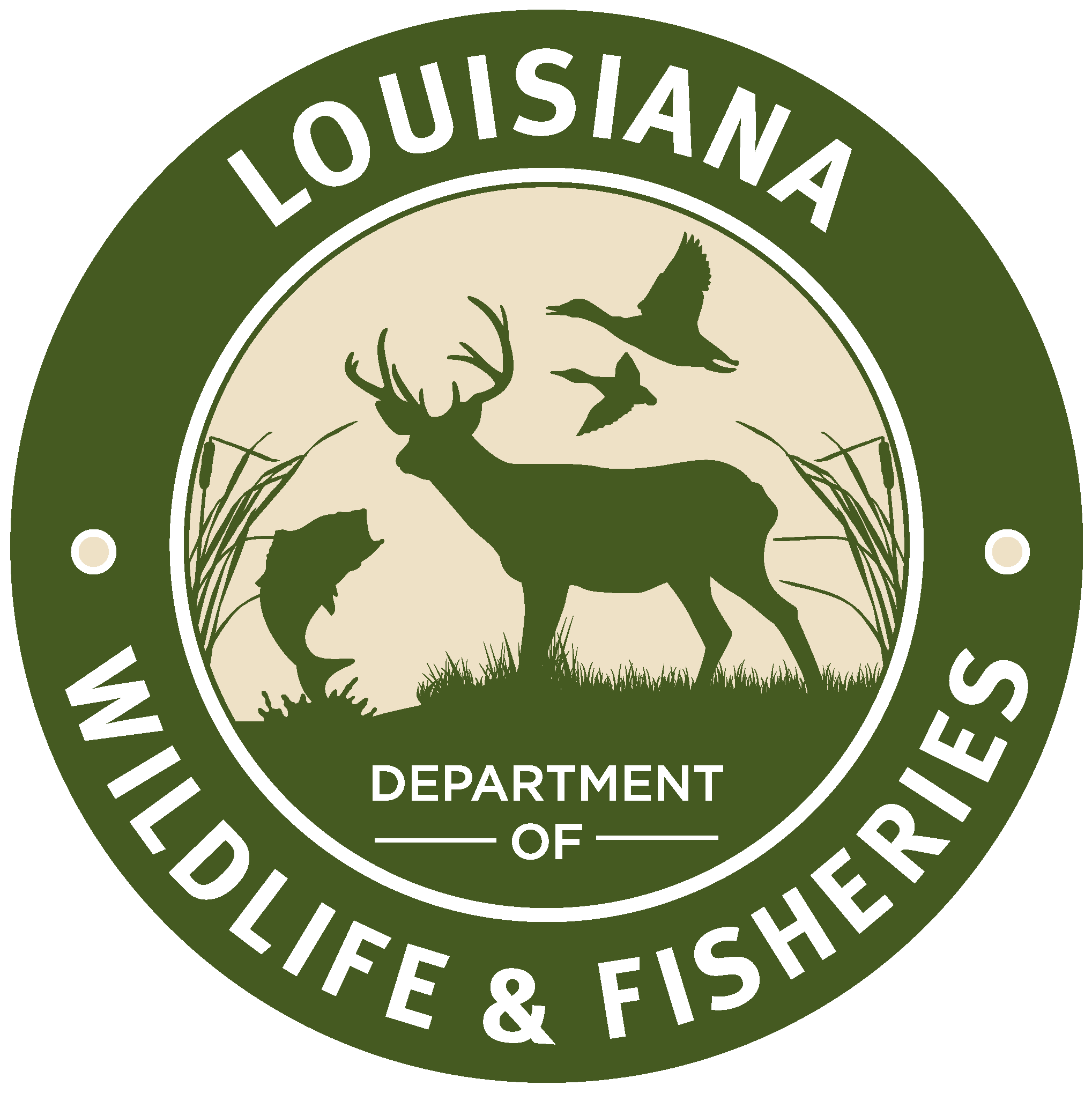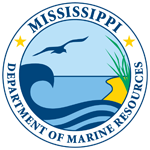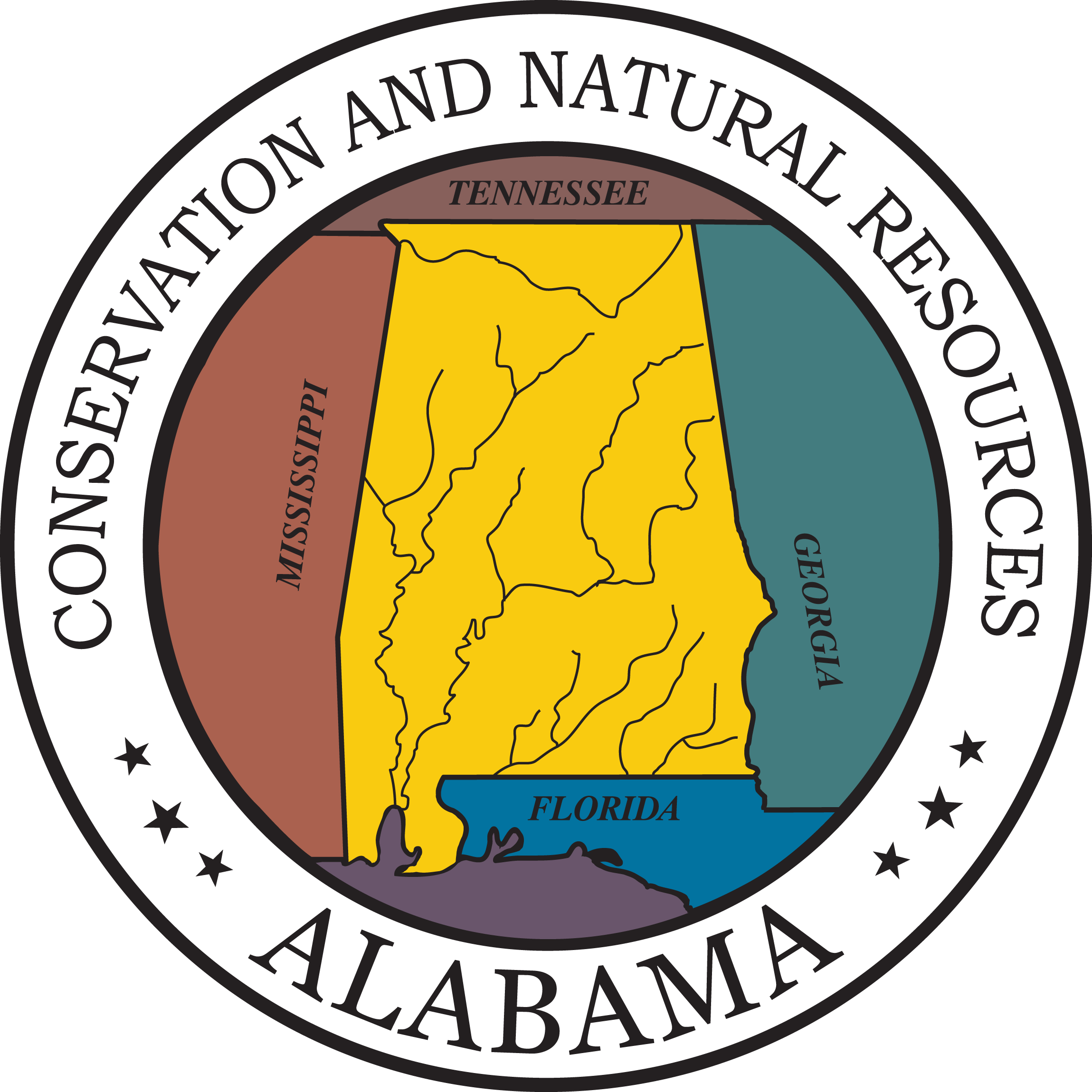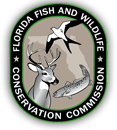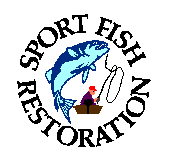
Artificial Reef Activities
History
Over the past 30 years, the concept of enhancing marine habitat for fish and invertebrate species through the use of man-made materials has gained significant popularity. Artificial reefs have been effective in providing habitat for a number of reef associated species in the Gulf of Mexico, such as red snapper, gray triggerfish, and groupers, among many others. The proliferation of artificial reefs has also provided enhanced opportunities for anglers to catch these much sought after fish by establishing known locations where desirable species are likely to be found.
Activities
Since 1987, artificial reef activities have been coordinated through the GSMFC. In the early 90s, the Artificial Reef Subcommittee was established, comprised of the state artificial reef coordinators and representatives from the National Marine Fisheries Service, the U.S. Fish and Wildlife Service, and the Minerals Management Service (Now the Bureau of Safety and Environmental Enforcement). Three documents have been developed by the program, including Two Methods of Monitoring and Assessment of Artificial Reef Materials, A Profile of Artificial Reef Development in the Gulf of Mexico, and Guidelines for Marine Artificial Reef Materials. The Artificial Reef Subcommittee also works closely with the Atlantic States Marine Fisheries Commission's Artificial Reef Advisory Committee to address national issues. One of these efforts was to revise the National Artificial Reef Plan (National Plan), established under the authority of the Department of Commerce, NOAA, National Marine Fisheries Service in 1986. The revised Plan was adopted in February 2007 and was titled the National Artificial Reef Plan (as Amended): Guidelines for Siting, Construction, Development, and Assessment of Artificial Reefs.
In recent years the Artificial Reef Subcommittee has been working to establish the Gulf Artificial Reef Monitoring and Assessment Program (GARMAP) to address the need for baseline data on artificial reef habitats in the Gulf of Mexico. The goal of this program is to provide baseline data that will provide managers with the necessary information to make scientifically-based decisions about management of artificial reef habitats and the fish populations they support.
More Information
If you need additional information concerning this program, please contact James Ballard at the GSMFC office at (228) 875-5912 or via e-mail.

